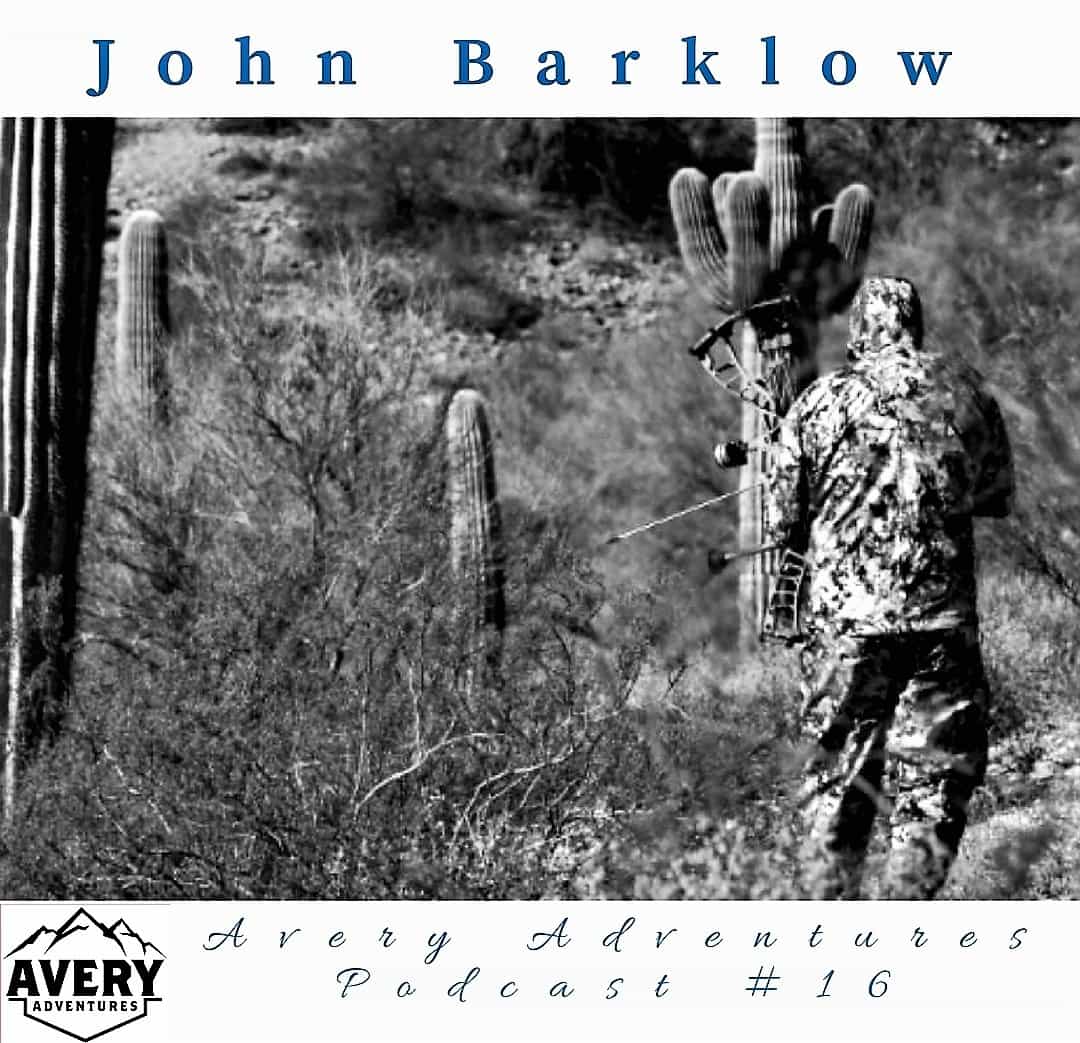Chuck44
FNG
Great Podcast! To help those that don't have time to listen to the entire Podcast, the Windstopper layering position discussion starts about 43 min in.It regulates heat you body temp better. Sound counter intuitive.
John Barklow explains in better than I can in this podcast.

#16 Avery Adventures with John Barklow Big Game Product Mananger at Sitka Gear - Avery Adventures
“It’s Easy to be hard; It’s hard to be smart.” ~John Barklow John is the Big Game Product Manager at Sitka, and does he know his stuff! John educates us on how Sitka chooses their textiles and the rigorous product testing all products have to pass before being made available to the consumer...averyadventures.com
Sent from my iPhone using Tapatalk
He does a great job of explaining why wearing the Windstopper closest to the body helps with moisture transfer....but I did not really hear an explanation on what keeps the wind from "blowing" away heat from the outer (non-wind resistant) insulation layer.
